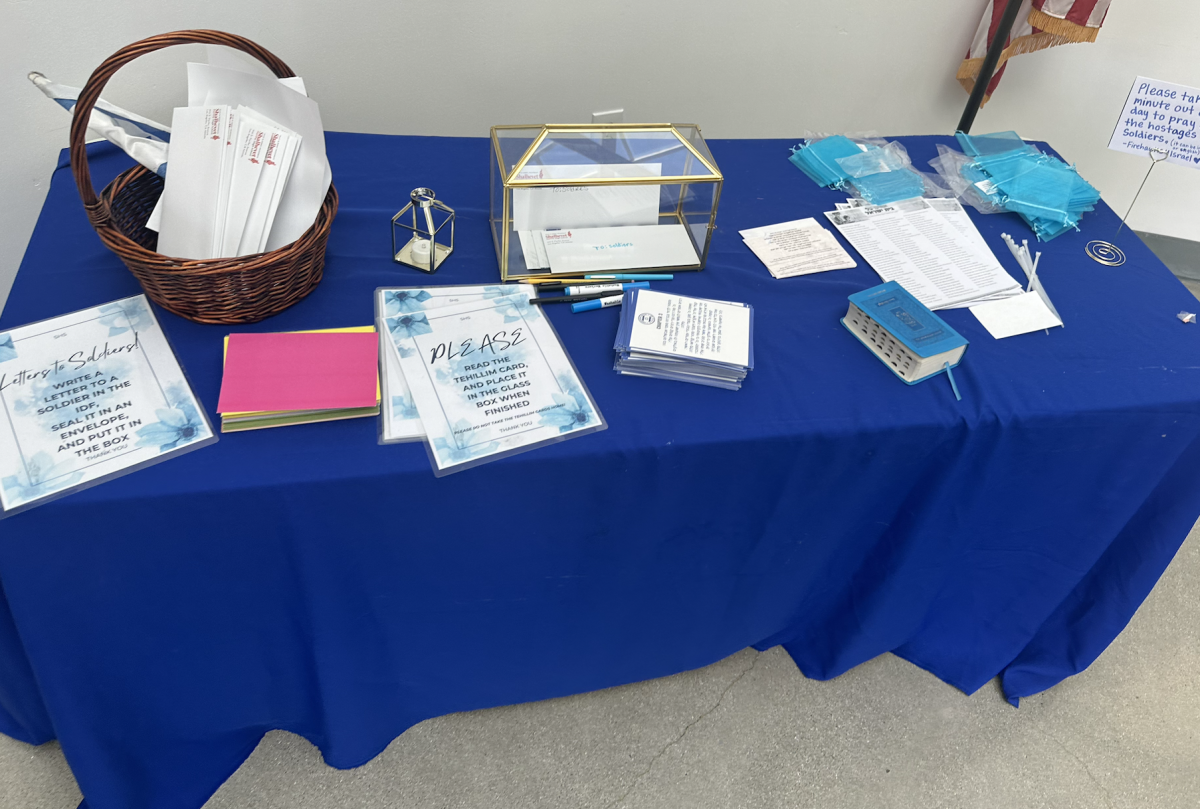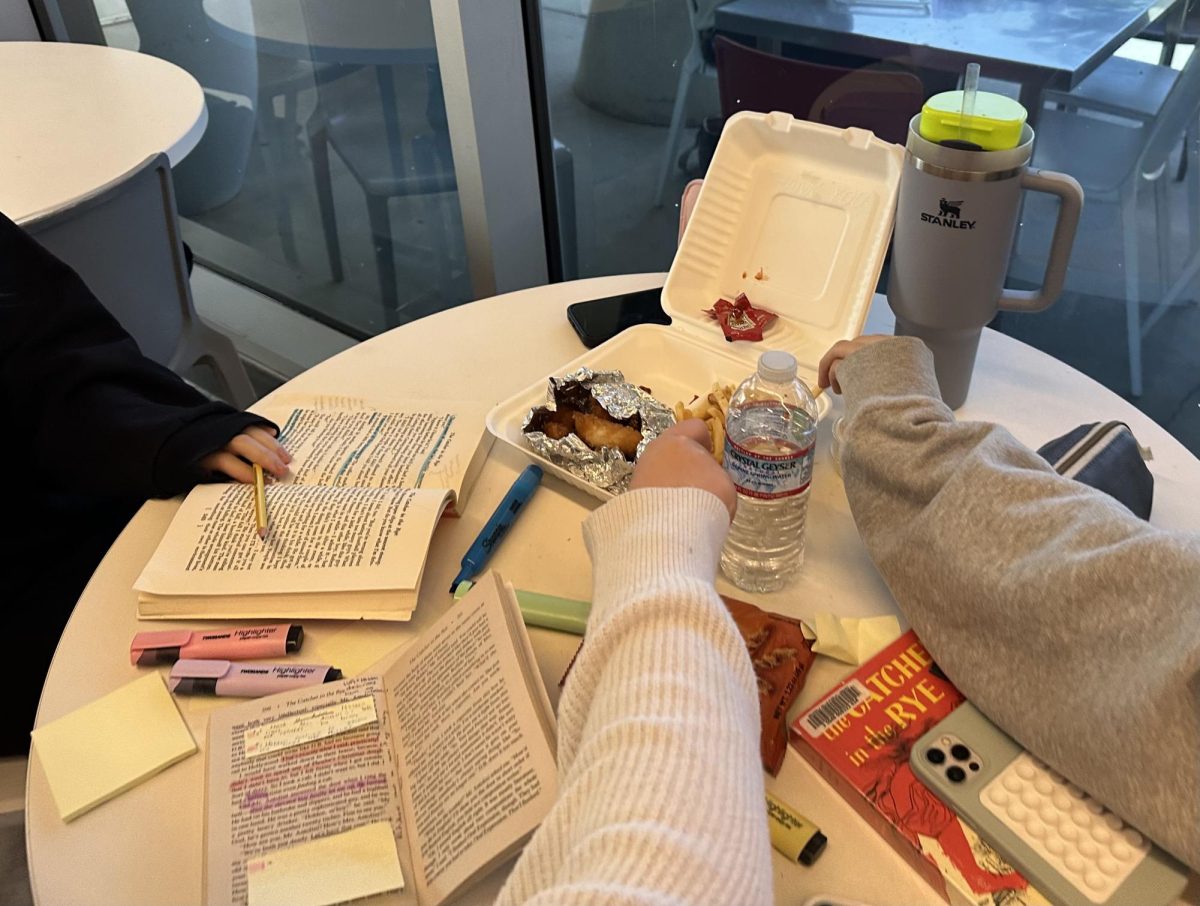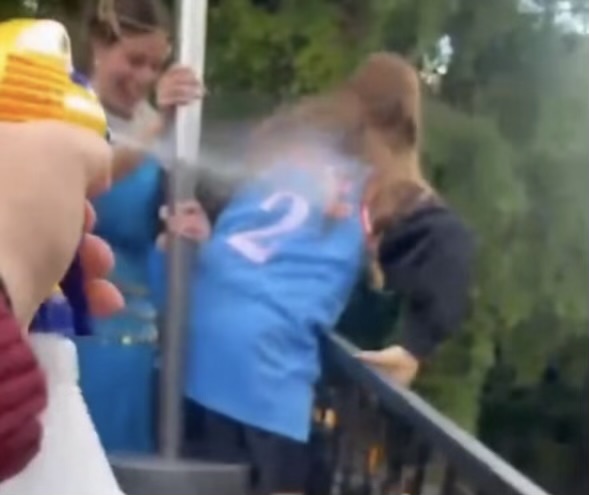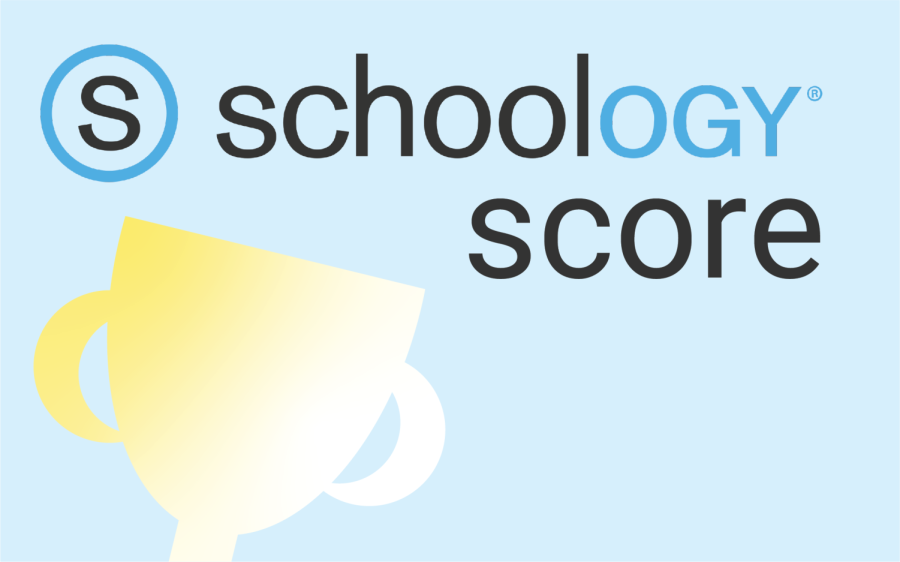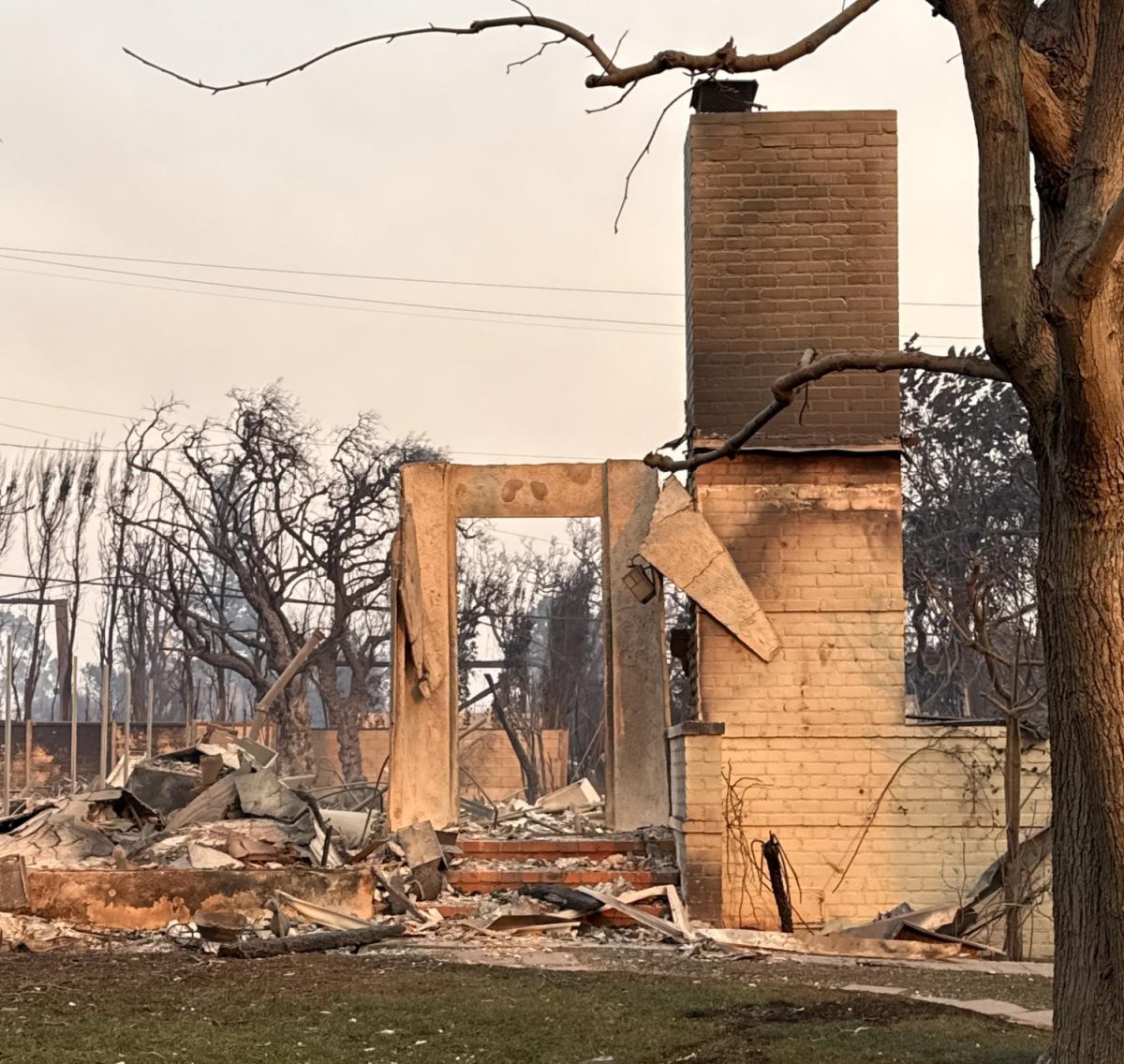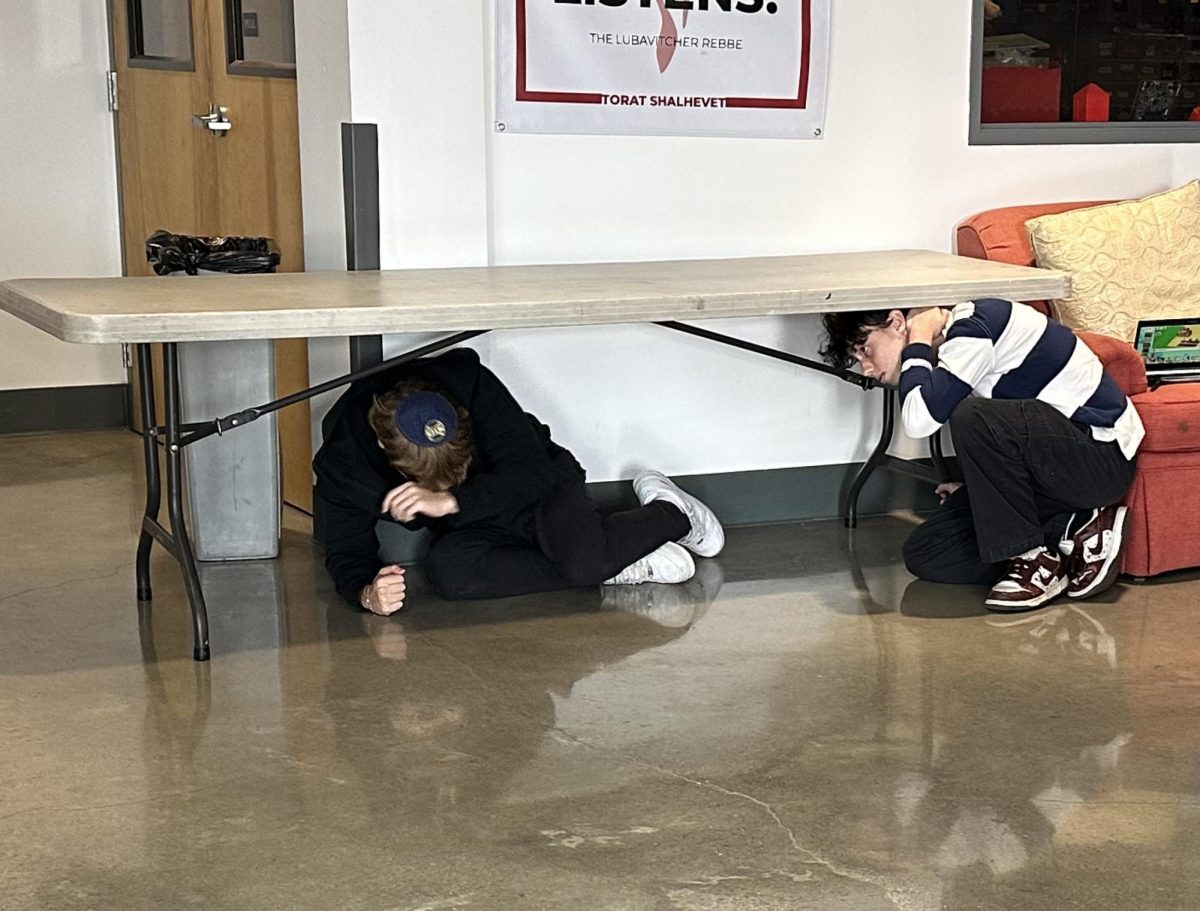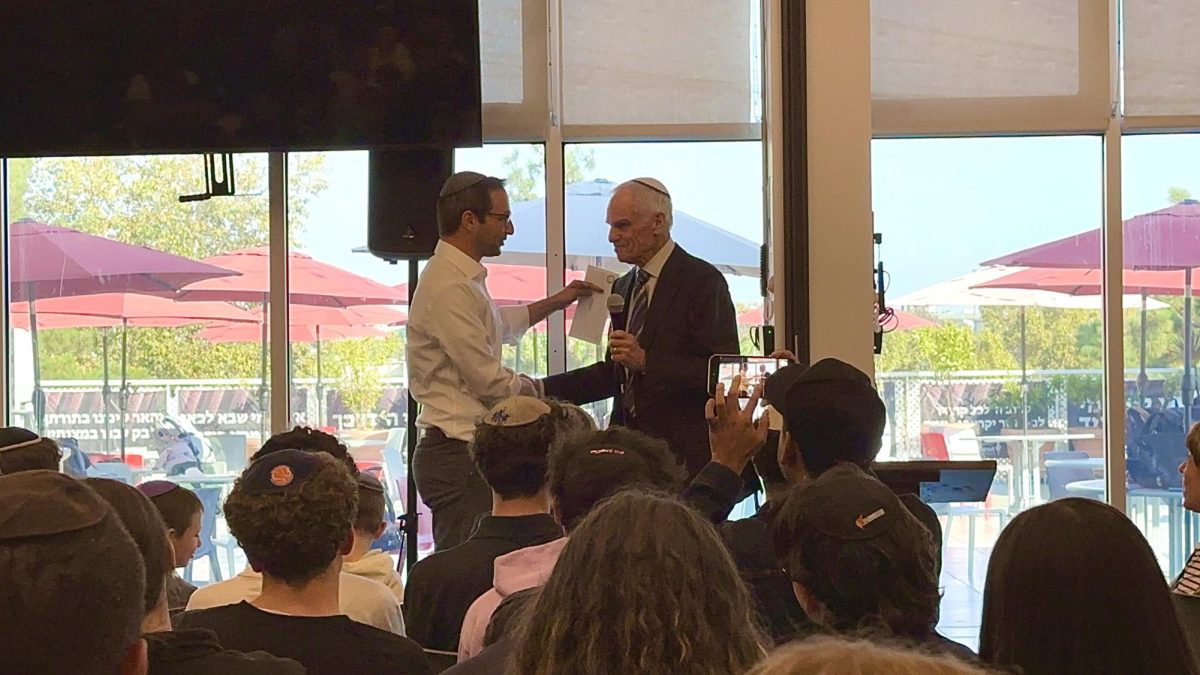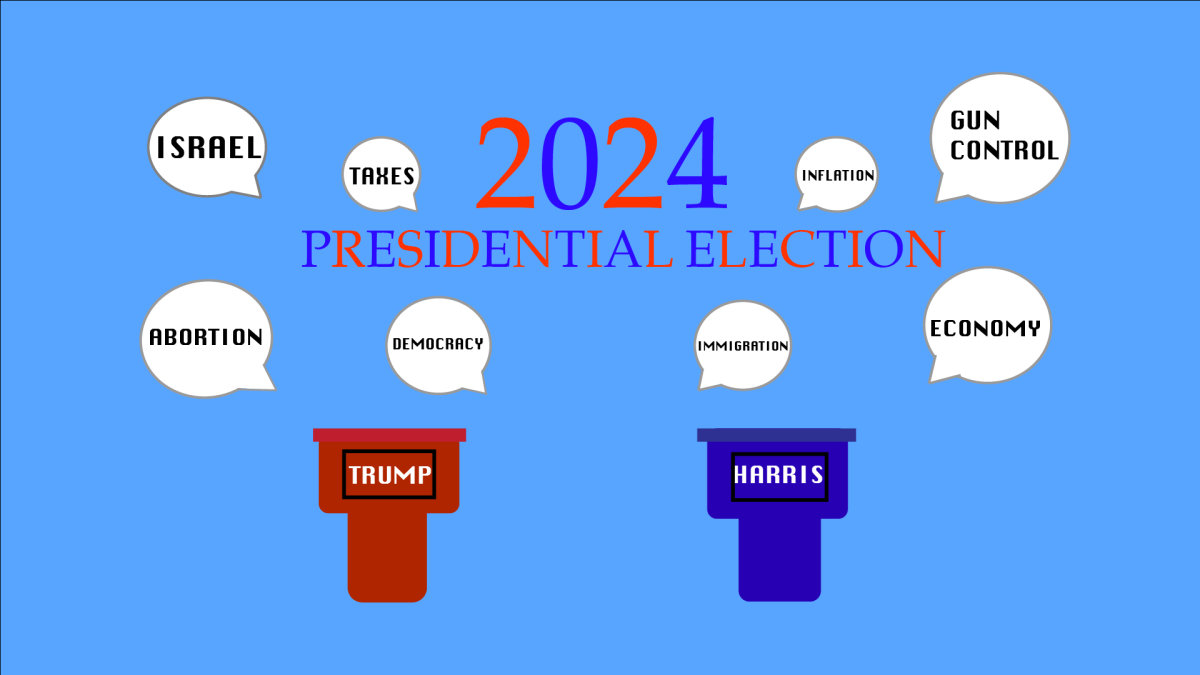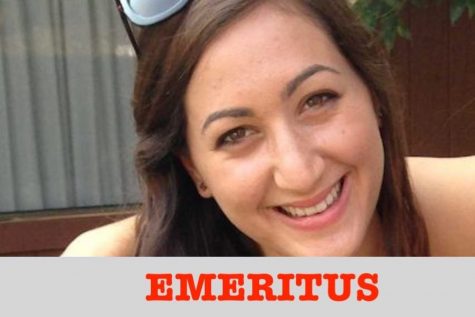“It’s clearly line C!” exclaimed junior Yossi Halpert when asked which line matched the others, among three that were projected on a whiteboard in Mrs. Sunshine’s room.
The other students in the room claimed it was line A, but they were purposely all giving an incorrect answer – not just to that question, but to several more. Clearly frustrated, Yossi started to get up from his chair to try to show his classmates how wrong they were.
AP’s are over, but that hasn’t stopped Ms. Sunshine’s AP Psychology class from working hard. For their final projects, students could choose to write a report on either a movie or a book, or they could try to replicate a psychological experiment based on famous studies they had learned about throughout the year.
Three students chose to do studies. Juniors Rachel Lester and Leona Fallas working together, while Adam Sharabi conducted the “perception” experiment that was actually about peer pressure.
“I thought it was a perception test, I was really confused,” Yossi said later. “I was trying to look all over the place from different perspectives to see what they were talking about.”
Though frustrated, Yossi did not give in. He stuck with what he knew was the right answer even when everyone answered differently — making him an outlier in the experiment, which sought to replicate Solomon Asch’s famous conformity experiments from the 1950s.
Adam told his “subjects” he was doing a study on perception, showing Powerpoint slides of four lines projected onto the board, one on the far left and the other three on the right and asking them to choose which ones matched in length. Three students who were cooperating with him would give the wrong answer, and wait to see whether they could convince the subject – such as Yossi – that they were right.
“When I was sitting in the room, I was so confused,” said sophomore Rose Bern, the “subject” in one of the groups. “I knew it was simple but of course I overanalyzed it in my head and thought it was something more. I kept conforming.”
“Then I realized what it was,” she continued. “I learned about an experiment like this one last year, so I figured it out.”
Overall, he was satisfied with the results.
“I wanted to do this experiment because I was shocked that people would say the wrong answer when they clearly knew the right one,” Adam said. “I wanted to try it out myself. It was a lot of fun.”
Leona and Rachel’s experiment was inspired by studies showing people prefer common facial features over unique or exotic ones.
“We thought it would be really funny to show people in the Psych class that a morphed person is more attractive than they are,” said Leona.
“Also, we’re teenagers, we care about what people think of how we look and we do so many things to try to look attractive. So defining attractiveness is something that was interesting to us.”
To test this, they decided to take pictures of Shalhevet students, five girls and five boys, then morph together the pictures to create a face with “average” facial features. Leona used a morphing website and Rachel combined the pictures using Photoshop.
Then they showed the pictures to strangers at Westfield Century City shopping mall, asking people to rank which faces were most aesthetically pleasing. They hypothesized that people would choose the morphed faces over the pictures of the actual students.
And indeed, after showing about 20 people pictures of six faces—five real people and one who was “morphed” – they found that about 40 percent of the time, people ranked the morphed one first, and about 85 percent of the time they ranked it either first or second. The hypothesis held.
“I’m definitely glad we did the project, it was so much fun at every stage,” said Rachel. “It was a good experience to be able to plan and execute a study that we learned about in an AP class.”

